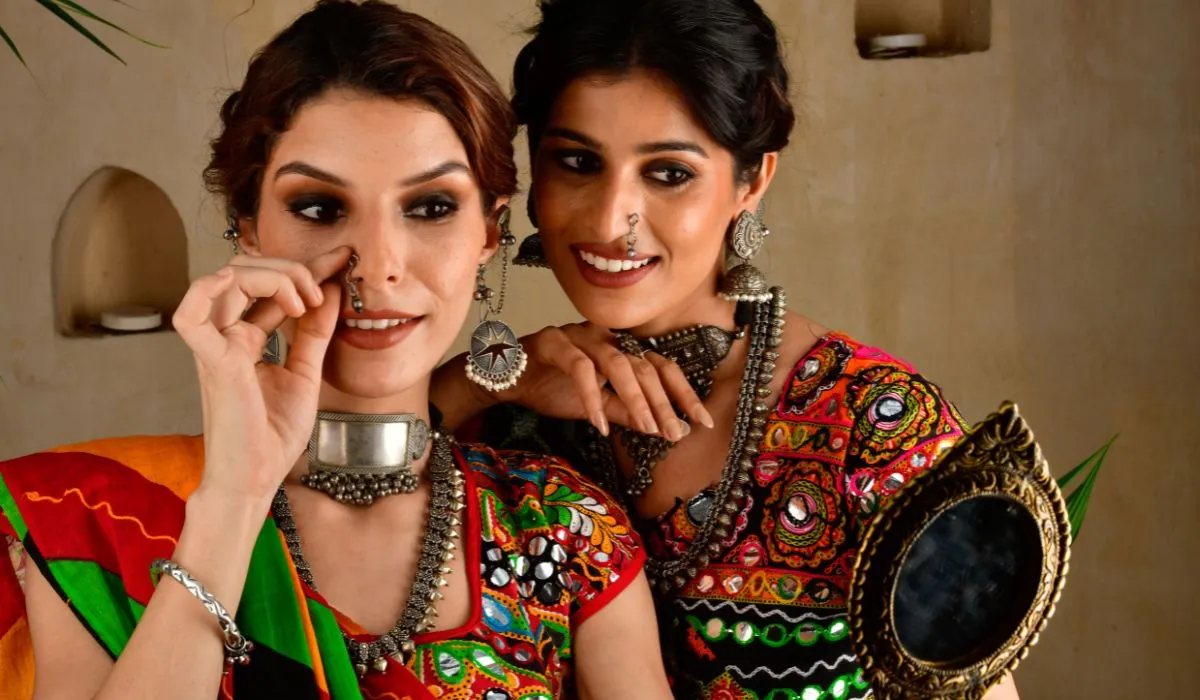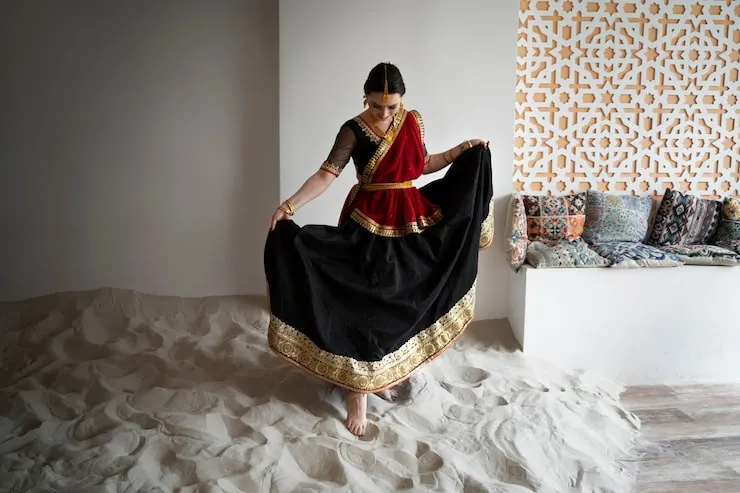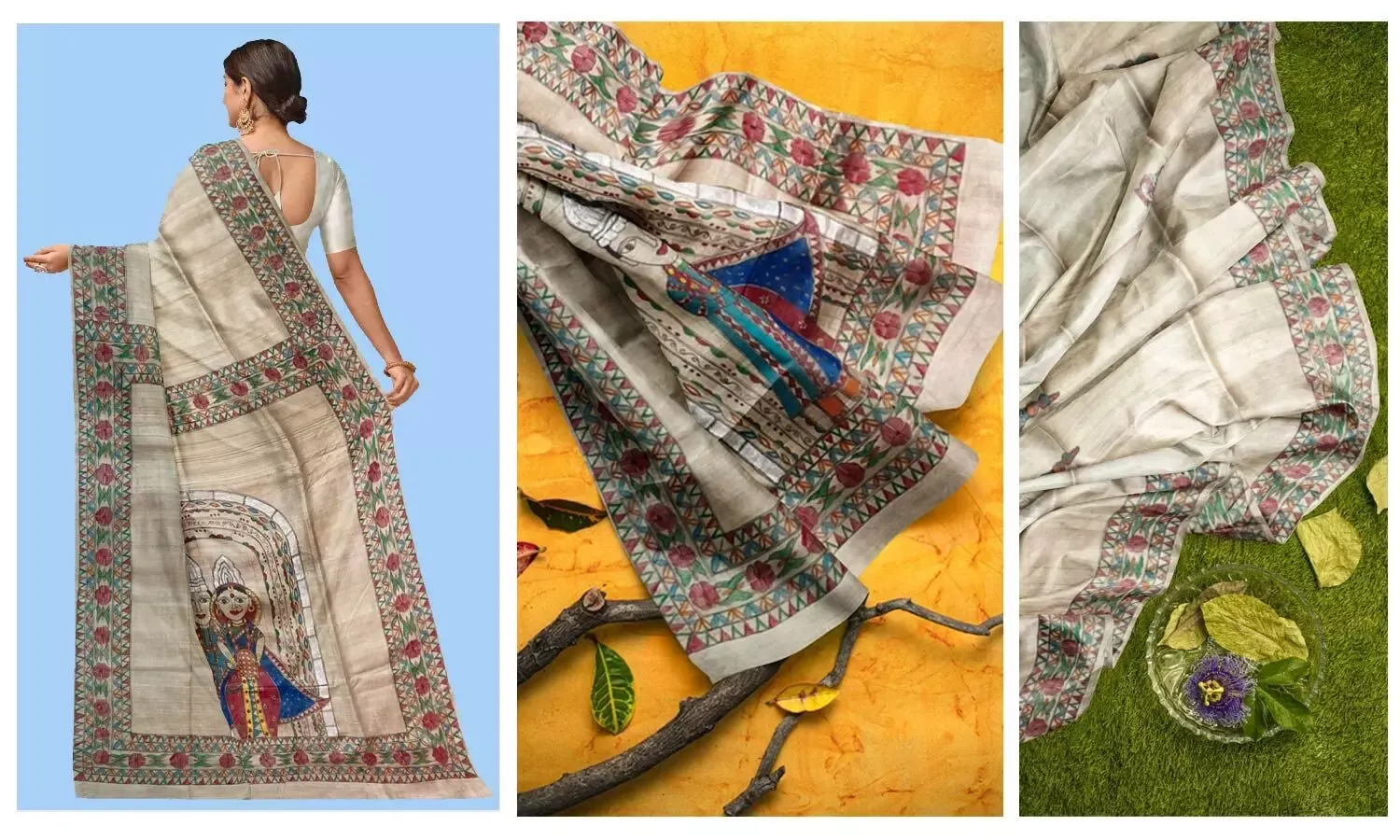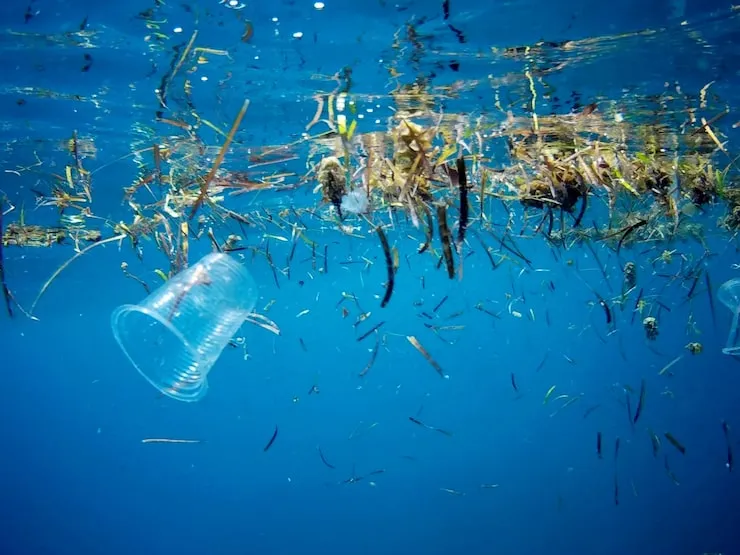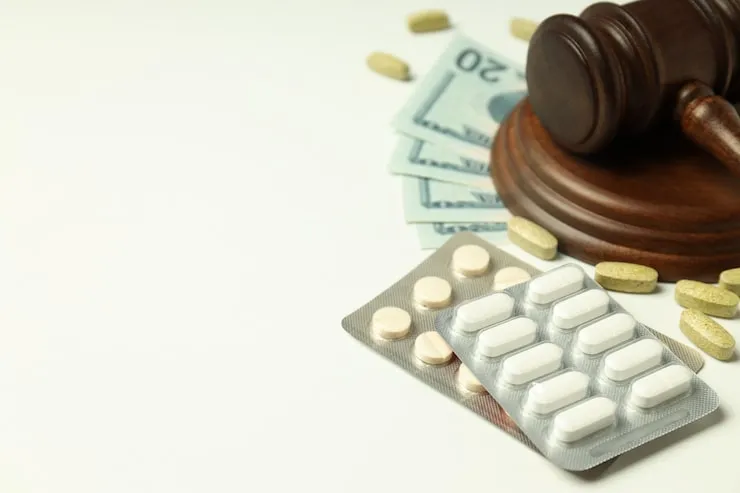When harvest time comes in Gujarat, the state bursts with lights, movement, color, and devotion. The festive journey begins with Garba for Navratri and wraps up with the stunning Diwali celebration. It's truly magical. This month is more than a celebration.
How to celebrate Garba to Diwali today? It’s a strong expression of identity, pride, and cultural unity. Curious about Gujarat's lively festivals? Planning a cultural trip? This guide covers the timeline, meaning, rituals, and modern celebrations of the state’s most vibrant season.
Garba is a lively and energetic dance form from Gujarat's rich cultural heritage. Navaratri is a nine-day celebration of Shakti, or divine womanliness. During the festival, dancers circle a garba pot. They honor the Mother Goddess at the center. Members dressed in vibrant colors chant and sing songs, creating a superb atmosphere.
How to Celebrate Garba to Diwali Today?
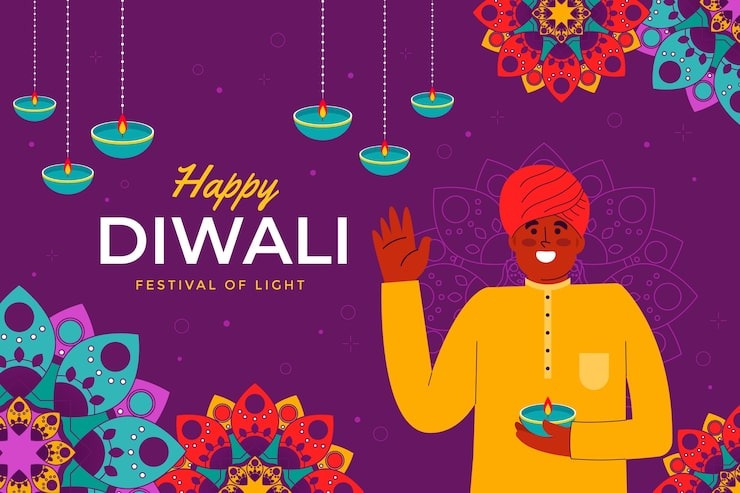
Join the celebration from Garba to Diwali today! Dance with sticks during Navratri. Wear traditional clothes and enjoy festive food. After the nine nights of Navratri, the fun continues with Diwali preparations. People clean their homes, create rangolis, and decorate with lights and diyas. They pray to Goddess Lakshmi, share sweets and gifts, and exchange festive greetings.
1. Navratri: The Soul of Gujarat in Motion
What is Navratri?
Navratri means "Nine Nights." It's a festival that honors the divine feminine energy, known as Shakti. It typically falls in September or October, marking the start of Gujarat’s festive season.
Why it's special in Gujarat
Gujarat is the center of Navratri culture. People celebrate with Garba and Dandiya Raas. These are traditional dances held in open fields, temple courtyards, and even stadiums.
Related Article: Garbage Overshadows Kasols Beauty Viral Video Sparks Outrage
Many people come together in beautiful traditional outfits. Women wear chaniya cholis, while men don kediyu-dhotis. They dance in circles, moving to lively folk music that fills the night air.
Economic and Social Impact
-
A significant boost in textile and clothing sales (traditional wear, jewelry, and accessories).
-
A surge in tourism, with both domestic travelers and NRIs flocking to major Garba events.
-
A thriving economy for businesses of all sizes, from street vendors to large event organizers.
In Gujarat, Navratri is more than a festival; it's a nine-night carnival of identity, faith, and artistry.
2. Dussehra: The Triumph of Good Over Evil
Right after Navratri is Vijayadashami (Dussehra). This is the tenth day. It depicts Lord Rama defeating Ravana and Goddess Durga conquering the demon Mahishasura.
How It’s Celebrated
-
Ram Leela performances are in towns and villages.
-
The burning of giant effigies of Ravana in public ground.
-
Morning rituals are often followed by enjoying traditional dishes like Fafda and Jalebi.
Gujarat celebrates Dussehra in its own special way. The state features community feasts and unique rituals, making the festival truly vibrant.
3. Sharad Purnima: The Full Moon of Blessings
About 15 days after Navratri, we celebrate Sharad Purnima. This full moon night marks the time when Lord Krishna danced the Raas Leela with the gopis.
Rituals and Celebrations
-
Preparing doodh-poha (sweet rice flakes in milk) under the moonlight. Enjoy it as prasad.
-
Spiritual gatherings, bhajan singing, and night-long garba.
-
Families gather on terraces to bask in the moonlight, which is believed to have healing properties.
Sharad Purnima is more peaceful and devotional than the lively Navratri.
4. The Days Leading to Diwali: Customs & Preparation
As Diwali approaches, the entire state buzzes with preparation. Markets glitter with lights, homes are thoroughly cleaned, and sweet shops work overtime.
Key Pre-Diwali Festivals:
-
Agyaras and Baras (Ekadashi and Dwadashi): Observed with fasting and prayers. It's a popular time to shop for new clothes and household items.
-
Dhanteras: Considered an auspicious day to buy gold, silver, and new utensils. Devotees worship Dhanvantari, the god of health and Ayurveda.
-
Kali Chaudas / Narak Chaturdashi: The day before Diwali, symbolizing the destruction of evil. Many perform cleansing rituals and take an early morning oil bath.
These customs represent a spiritual cleansing of the mind, body, and home before welcoming wealth and prosperity.
5. Diwali: The Festival of Lights, Faith, and Fortune
Finally comes Diwali, the most anticipated festival in Gujarat and across India. Known as the Festival of Lights, it symbolizes the return of Lord Rama to Ayodhya and the victory of light over darkness.
Read Also: From Loom to Runway: Garba’s Journey to Indo-Western Fusion
How Gujarat Celebrates Diwali
-
Homes are decorated with rangoli, oil lamps (diyas), and strings of lights.
-
Families perform a special Lakshmi Puja to invite prosperity and wealth.
-
People exchange gifts, sweets, and dry fruits with loved ones.
-
Markets are bustling late into the night, with firework stalls and food vendors doing a booming business.
In Gujarat, Diwali is about more than lights; it’s a time for financial renewal, social bonding, and spiritual upliftment.
6. New Year (Bestu Varas): Gujarat’s Unique Tradition
People celebrate the day after Diwali as the Gujarati New Year, called Bestu Varas. Gujaratis celebrate their New Year on the first day of Kartik, not in January like the national New Year.
Rituals and Activities
-
Early morning visits to temples, particularly Swaminarayan and Vaishnav temples.
-
Greeting family and friends with "Saal Mubarak."
-
Business owners do Chopda Pujan. This ritual honors their new account books. They pray for a successful year ahead.
Today is very important for the business community. It marks a hopeful new beginning.
7. Bhai Dooj: A Celebration of Sibling Bonds
Two days after Diwali is Bhai Dooj. This festival celebrates the bond between brothers and sisters. Sisters invite their brothers home. They perform an aarti for their well-being. Then, they apply a tilak on their foreheads. In return, brothers give gifts and promise lifelong protection.
Bhai Dooj wraps up Gujarat’s festive journey. It is a warm celebration of love, gratitude, and family.
8. Economic Impact: How Festivals Drive Growth
This 4-5 week festive season is a major economic engine for Gujarat.
Key Economic Highlights:
-
Textile and clothing sales skyrocket, especially for Garba wear and Diwali outfits.
-
Sweet shops, caterers, and snack makers report record sales.
-
Sales of gold and jewelry peak during Dhanteras and Diwali.
-
Massive temporary employment is generated in retail, decoration, and event management.
For many small and medium businesses, this season is a key time. It brings in a big chunk of their yearly revenue.
Conclusion
Gujarat’s festive calendar is a vibrant celebration of life and culture. From the rhythmic beats of Garba to the bright lights of Diwali, it unites communities. Every festival is steeped in tradition but also celebrated by a lively society.
They enjoy both the old ways and new experiences. Gujarat in this season is a special place. Locals, NRIs, and travelers can all enjoy it. Each day feels like a celebration, and every night glows with devotion.



